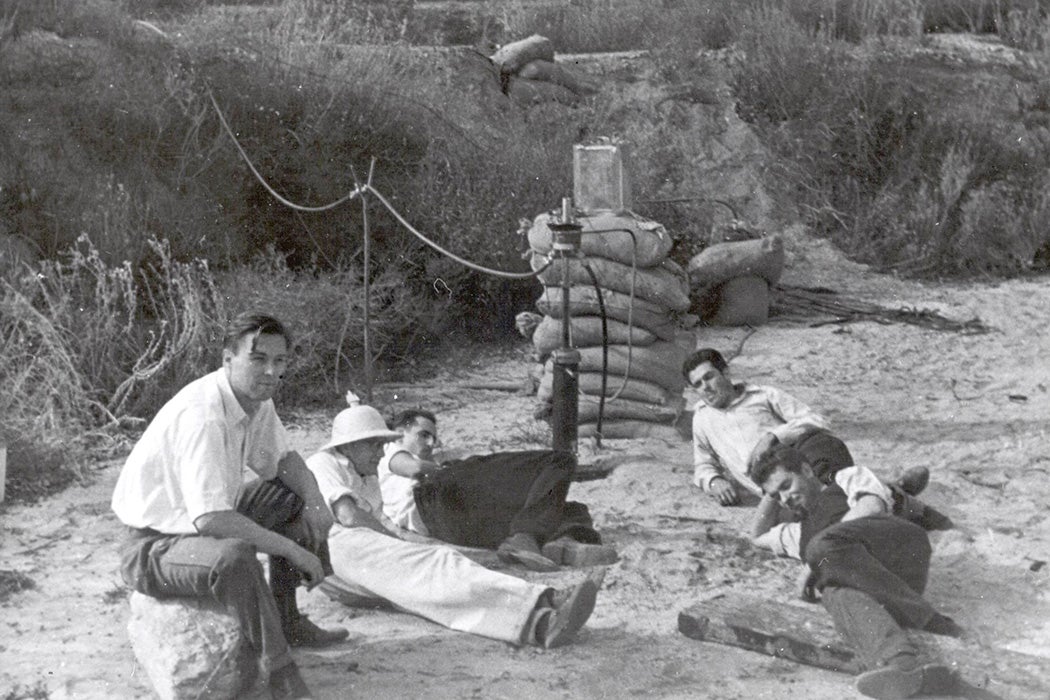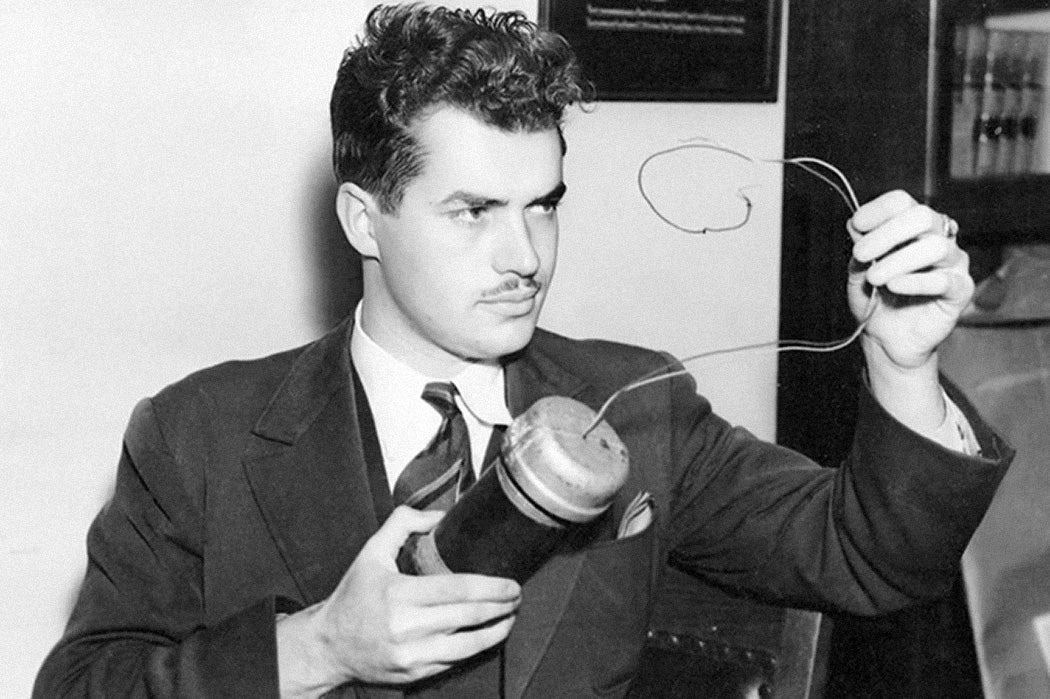John “Jack” Whiteside Parsons’s life seems too improbable to be believed. But it’s all there in the biographies, Sex and Rockets and Strange Angel (the basis of a TV series of the same name), among other places, including a streaming series based on Strange Angel.
Born in 1914, Parsons died in 1952 while working on an explosive special effect for a movie in his home laboratory. The explosion has been called an accident, a suicide, or an assassination, depending on the source. An obituary in the Pasadena Independent described Parsons as “a down-to-earth explosives expert who dabbled in necromancy.” More recently, the New York Post went with: “this sex-crazed cultist was the father of modern rocketry.”
Well, not the only father. And, as all this happened in southern California, surely not the only sex-crazed cultist.
Swedish professor of religious studies Henrik Bogdan explores what Parsons was up to in January 1946, when he attempted to conjure up “Babalon,” the Thelemic goddess of female sexuality.
Parsons’s partner for what he called the “Babalon Working” was his housemate, a science fiction writer and fellow occultist named Ron Hubbard. Yes, that L. Ron Hubbard, who was still several years away from founding the Church of Scientology. The Church says that Hubbard was acting undercover to subvert Parsons’s black magic and rescue a “girl,” Sara “Betty” Northrup, from Parson’s clutches. Northrup, Parson’s sister-in-law and lover, became Hubbard’s second wife.
Spoiler alert: the Babalon Working didn’t re-order the universe, though Parsons spent the next five weeks in bed with his new lover, an ex-Navy WAVES member named Marjorie Cameron, in an effort to spawn the goddess. Cameron and Parson wed in late 1946, and after his death, she “would identify herself with Babalon for the rest of her life.”

Born amidst Pasadena’s elite, Parsons’s material advantages were vanquished by the Crash. He couldn’t afford college, but he taught himself chemistry and hooked up with the Guggenheim Aeronautical Laboratory at the California Institute of Technology. There he and his fellow rocket boys, known as the “suicide squad” because of their dangerous work, blasted things into the sky from remote arroyos.
At the age of twenty-three, Parsons became a minor celebrity as an expert witness at a murder trial. A captain of the LAPD’s intelligence unit was convicted largely on the basis of Parsons’s testimony about a car bomb that killed a police whistleblower.
Parsons was also one of the founders of Aerojet Engineering, now Aerojet Rocketdyne, and the Jet Propulsion Laboratory. Ironically, JPL, which continues to play an important role in American space exploration, wasn’t called the Rocket Propulsion Laboratory because “rocket” smacked of Buck Rogers…and boys who blew things up in arroyos.
Parsons was clearly too unconventional for the academic-military-industrial-space-complex. He was eased out of both JPL and Aerojet even before the Babalon thingamajig. If he’d lasted a little longer at Aerojet, he might have made a fortune from all the federal dollars pumped into military and space research.
Weekly Newsletter
But the appeal of the astral plane proved stronger than the pull of outer space. Parsons was even master of the Agape Lodge of the Ordo Templi Orientis, the Los Angeles headquarters of English occultist Aleister Crowley’s religion of Thelema—at least until Crowley “lost faith in Parsons” and had him removed as master.
With his occult fascinations, drug use, and his relationships with those who had communist connections in the 1930s, Parson’s FBI file marked him as one red hot potato. There was no chance he’d get back in the space race. His fellow “suicide squad” member Frank Malina was in fact Red-baited right out of the country. Meanwhile, former Nazi Party member Wernher von Braun became one of the leaders of the effort to put Americans on the Moon, his connections to slave labor and mass murder swept under the rocket’s red glare.
War criminals, perfectly acceptable; Reds and warlocks, not so much.







